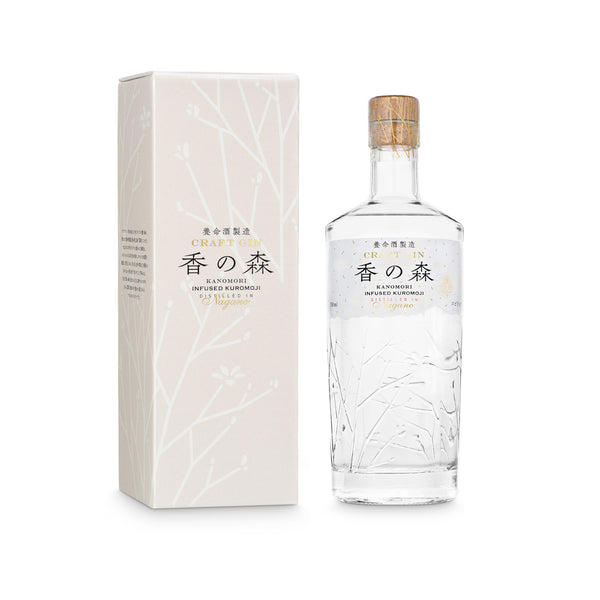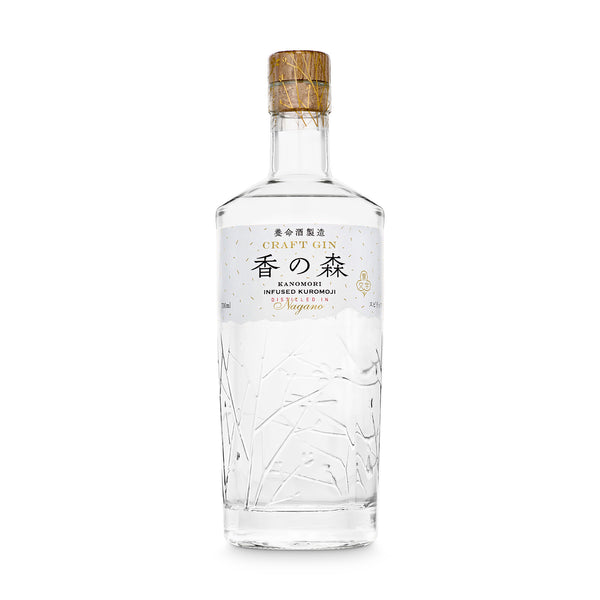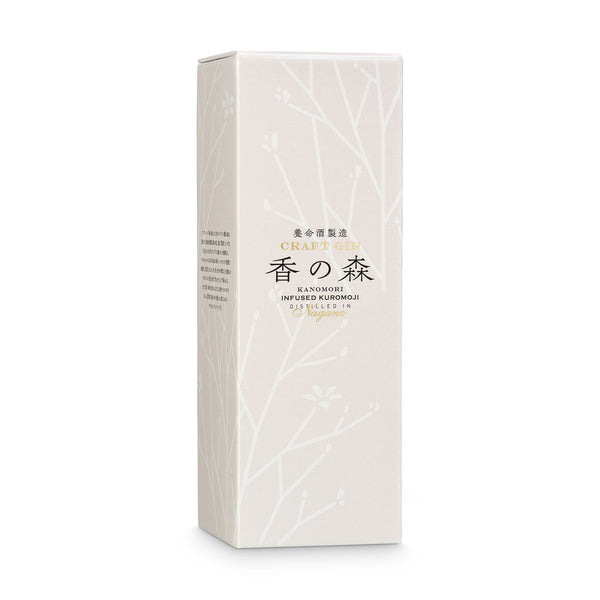
The Kanomori Craft Gin from Yomeishu is an absolute firework of taste. Not for nothing Kanomori means "forest of aromas". Among the botanicals there are extraordinary representatives, such as Kuromoji (fever bush), a laurel plant, which is often used in Japan to extract essential oils. Other botanicals of this fantastic gin include lemon peel, blackberry twig, rosemary, sage, liquorice, goji berry and mulberry. The producer Yomeishu has been known for centuries for its herbal liqueur, which may only be sold in pharmacies.
Learn more
About the manufacturer



